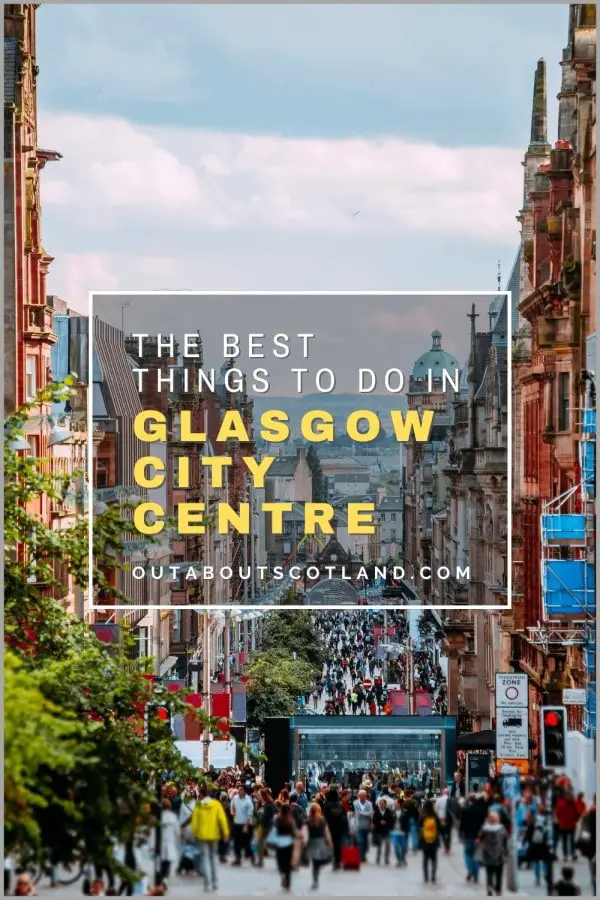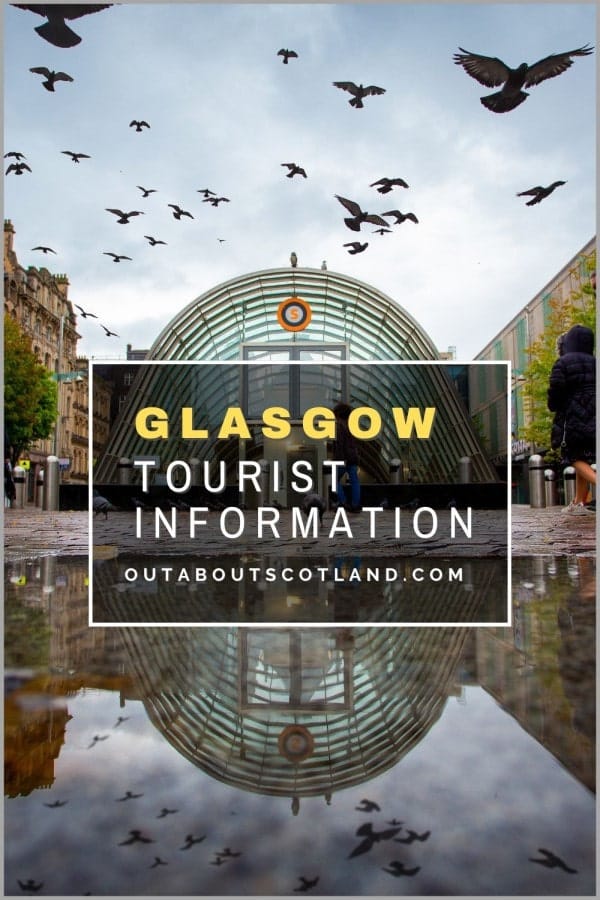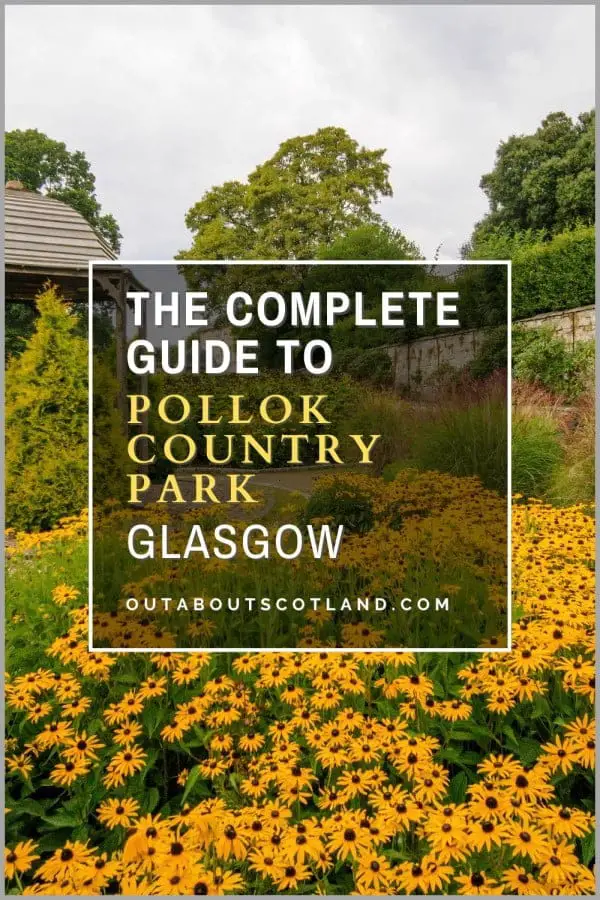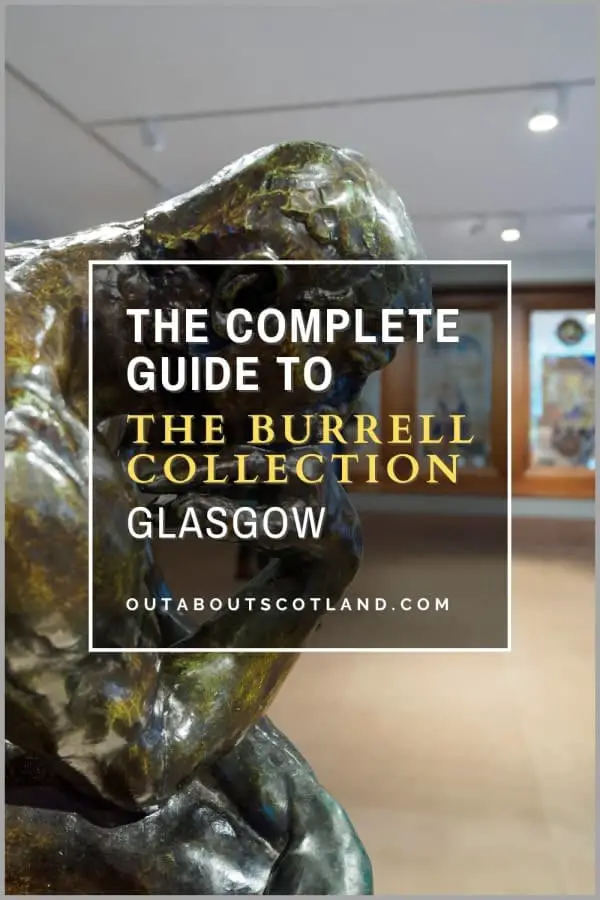The St. Mungo Museum of Religious Life and Art is located near Glasgow Cathedral in the city’s East End. The attraction is renowned for being one of the world’s only museums dedicated to the theme of religion, showcasing a varied collection of religious artefacts from across the globe. The museum also features a café and gift shop in addition to the displays and exhibits in the multi-level historic building.

| Address: | 2 Castle Street, Glasgow, G4 0RH |
| Opening Hours: | Monday Closed Tuesday 10:00 – 17:00 Wednesday 10:00 – 17:00 Thursday 10:00 – 17:00 Friday 11:00 – 17:00 Saturday 10:00 – 17:00 Sunday 11:00 – 17:00 |
| Admission Price: | Free |
| Parking: | No on-site car park. Paid car park on Castle Street. |
| Contact: | 0141 276 1625 museums@glasgowlife.org.uk |
| Facilities: | Cafe, shop, toilets, wheelchair access, cloakroom, hearing loop |
| Photos: | YouTube Video |
Overview
Glasgow is a city that’s full of tourist attractions, from the busy Riverside Museum on the banks of the River Clyde to the tranquil Botanic Gardens in the West End. Not only are most of the city’s attractions top-notch, but all of the best ones are completely free. One such attraction is the St. Mungo Museum of Religious Life and Art, located next door to Glasgow Cathedral.
Billed as the only museum in the world that’s solely devoted to the subject of religion, it’s crammed full of artefacts collected from across the globe, all of which are presented in a way that’s both educational and genuinely interesting.
The museum doesn’t try to shove the ideas behind each faith down your throat – quite the opposite, in fact – and instead you’re presented with beautiful artworks along with background information behind each piece, leaving you to make up your own mind about what they represent.
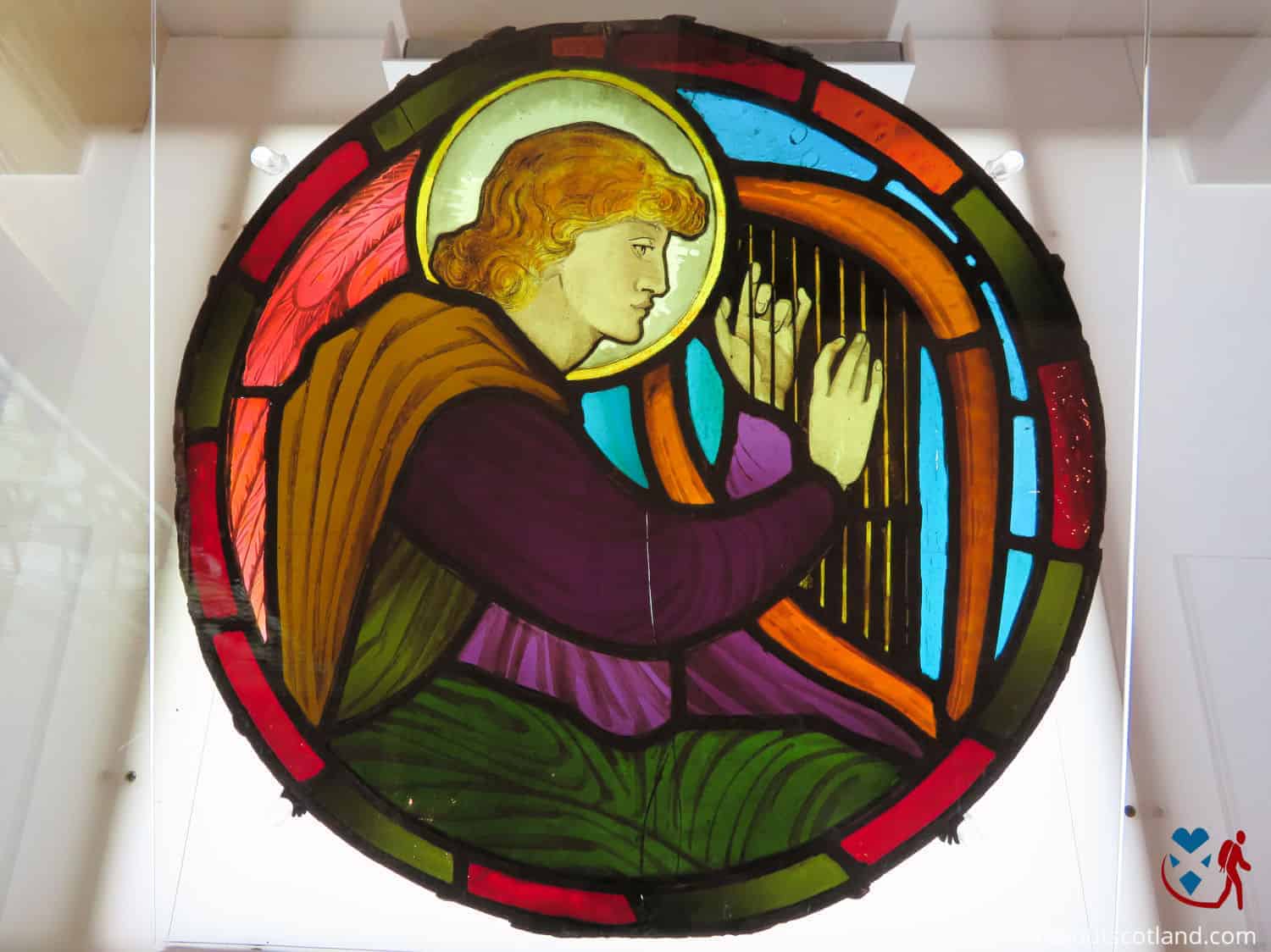
The Highlights
1: One of the key features of the St. Mungo Museum is its commitment to understanding and respect for people of all faiths. The museum’s galleries explore the world’s major religions, showcasing artefacts, artwork, and displays that highlight the significance of religion in daily life, culture, and identity.
2: The museum’s collections are both diverse and rich, offering artefacts from a variety of religious traditions including Christianity, Islam, Judaism, Hinduism, Sikhism, Buddhism, and more. Exhibits include religious texts, ancient artefacts, ceremonial clothing, and artworks, all designed to educate visitors about the symbols, practices, and core values of different faiths.
3: An unexpected oasis in the heart of Glasgow, the St. Mungo Museum features a Zen garden, which is a highlight for many visitors seeking a moment of tranquilly. The garden, with its carefully placed stones and raked sand, is designed to evoke contemplation and meditation.
Visiting Tips
1: You can get to the museum with the 19, 19A, 38, 57, and 57A bus services, or you can walk from the city centre, which should take no more than 15 minutes.
2: Combine a visit with Glasgow Cathedral and The Necropolis. Both historic sites are located within a 5-minute walk of the St. Mungo Museum.
3: Given the nature of the museum, which focuses on religion, it’s important to remember that quiet conversation is generally expected, especially if you visit any areas designed for reflection or meditation, like the Zen garden.
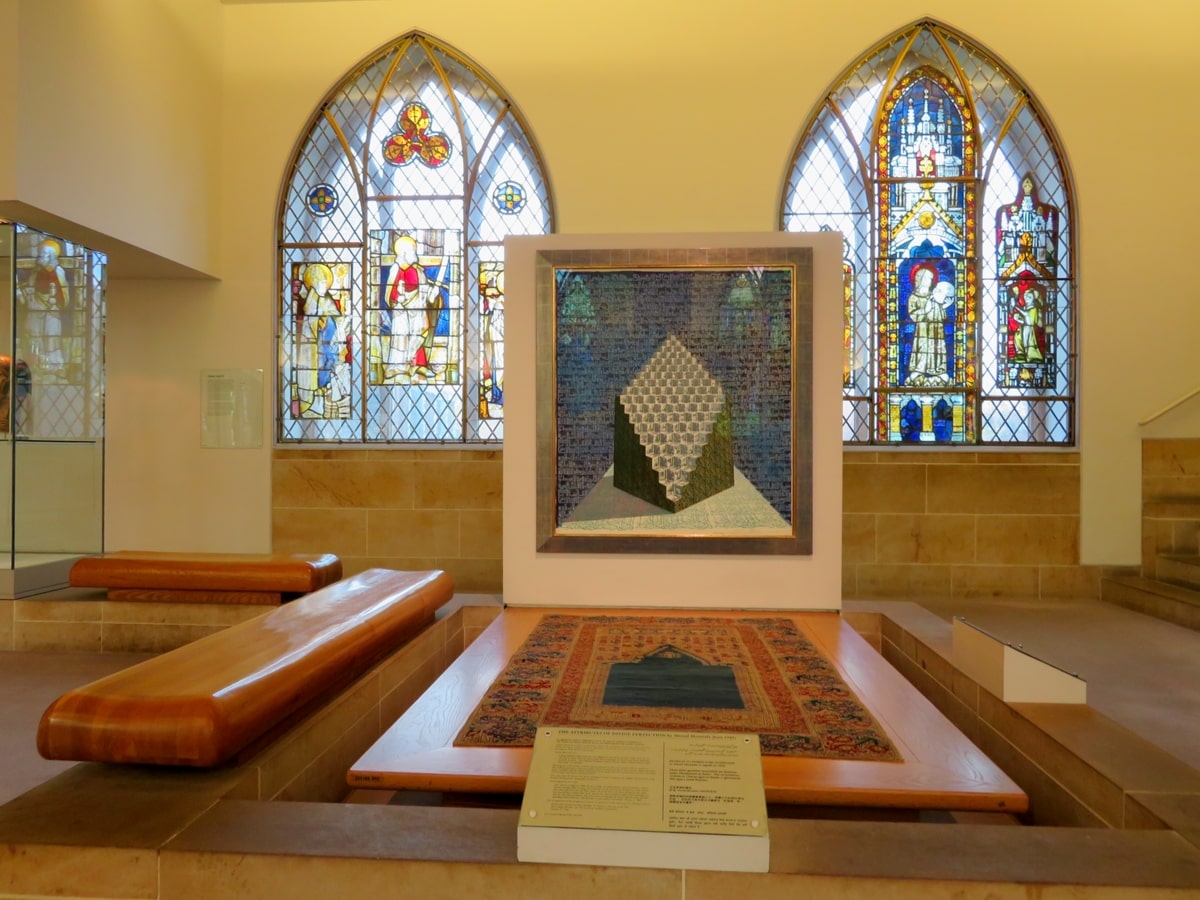
Tourist Information
You’ll enjoy visiting the St. Mungo Museum whatever your beliefs are, as it has been thoughtfully designed to offer something for everyone. The exhibits are genuinely interesting and many of the artworks on display are as impressive as anything you’ll find in the much larger Kelvingrove Museum and Gallery.
The museum has gone to great lengths to appeal to all interests, an example of which can be seen in the angel section, which has a display about the TV show Charlie’s Angels, while another section is dedicated to the man behind the museum, Glasgow’s patron saint, St. Mungo, as well as displays about the early days of Scotland and how religion moulded it into the country it is today.
Once you’ve wandered through the exhibits, you can pause to grab a bite to eat in the on-site café, which I thought was reasonable value and served good quality food, or you can sit in the zen garden, which is the first of its type in Britain. And after all that, it’s just a short walk to Glasgow Cathedral and The Necropolis, both of which are also free to enter.
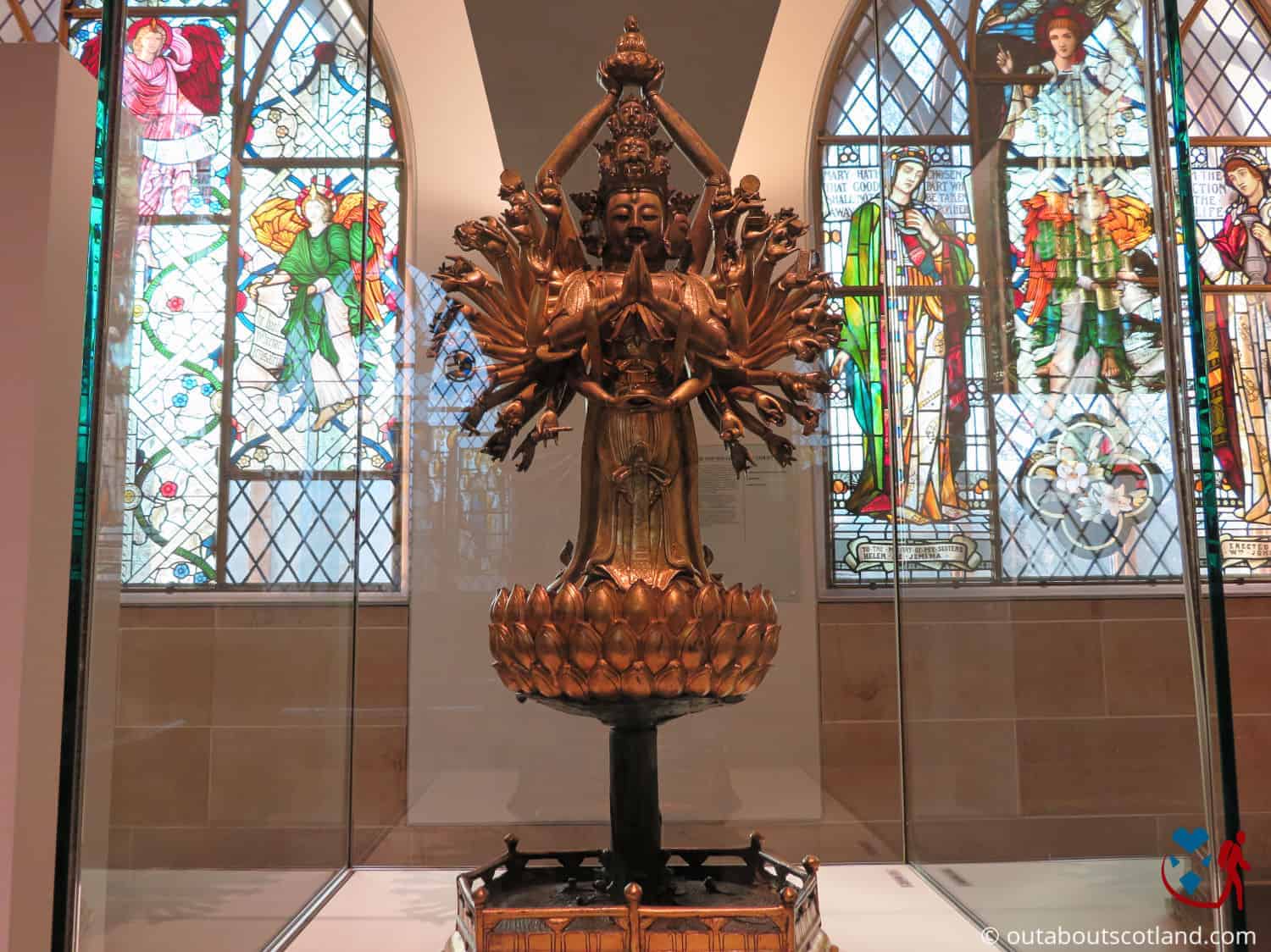
History
St. Mungo was born in Culross, Fife, in 528 AD, after his mother had been set adrift in a small boat on the River Forth. His mother had become pregnant after an illicit encounter with her cousin, and when her father, the King of the Gododdin, found out, he cast her out of their home in East Lothian.
Fortunately for Mungo, St. Serf, who oversaw a monastery in Culross, took him in, and when he was 25 years old he started doing missionary work along the banks of the River Clyde. After building a church and growing his own following, he was forced to leave by the anti-Christian King Morken and he eventually found himself in Wales where he founded a cathedral with St. Asaph.
Following the defeat of King Morken in the 570s AD, Mungo was asked to return home to act as Archbishop of Strathclyde, which he did along with expanding the church that he had previously built. St. Mungo continued to minister to the local people until his death in 614 AD, while his church became the focus of a new community from which the city of Glasgow emerged.
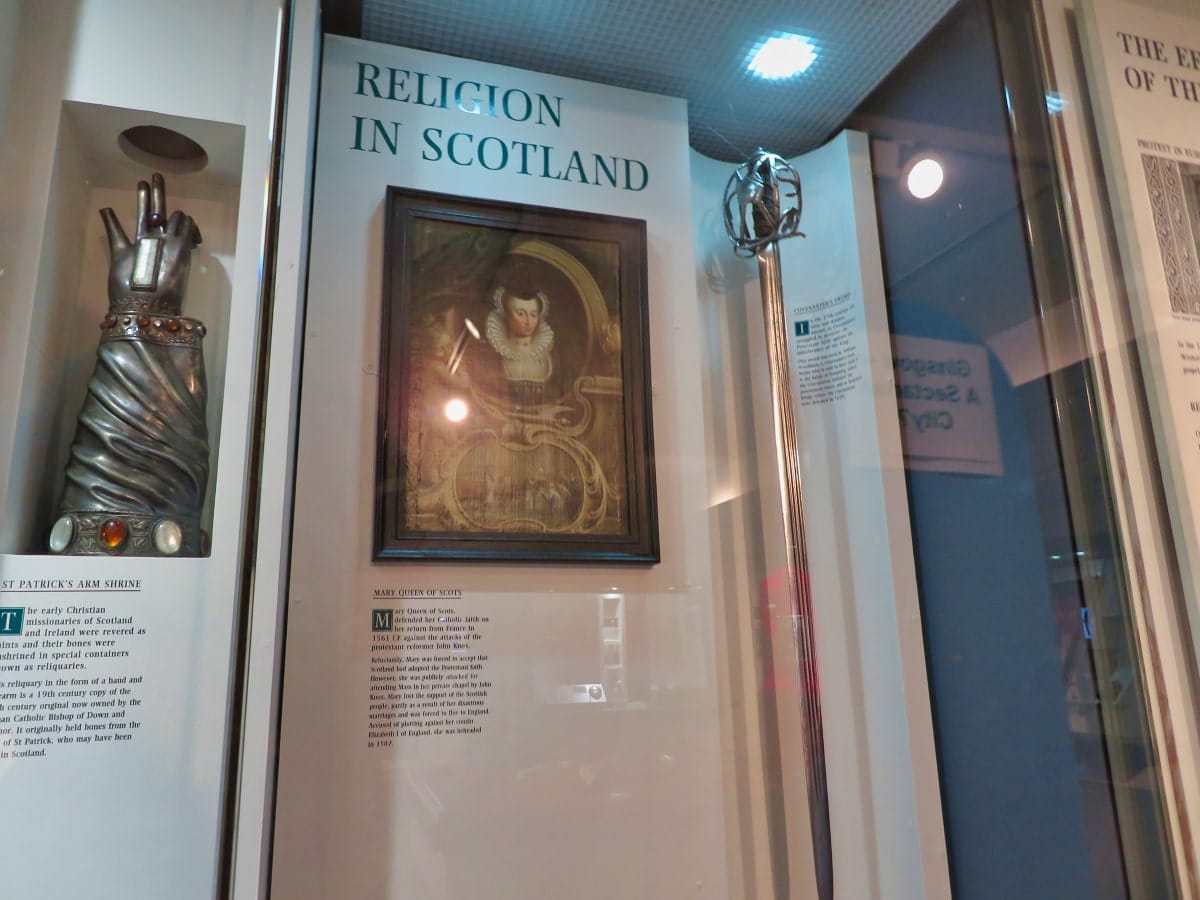
Things to Do
Exploring Diverse Faiths: Dive into the abundant and diverse world of religious faiths at the St. Mungo Museum. See exhibits on Buddhism, Christianity, Hinduism, Islam, Judaism, and Sikhism. Each exhibit is enriched with beautiful artefacts, informative displays, and multimedia presentations, making it a truly enlightening experience.
Discovering Religious Art: Explore the museum’s extensive collection of religious art, which includes sculptures, paintings, and textiles from around the world. These stunning artworks not only reflect the beliefs and practices of various religions but also offer insights into different cultures from across the globe.
Visiting the Zen Garden: Take a moment to reflect and find inner peace in the museum’s Zen Garden. After touring the museum, you can unwind in this serene area that draws inspiration from Buddhist traditions. The garden’s minimalist design is intended to promote thoughtfulness and serenity.
Eat in the Cafe: The museum boasts an excellent cafe that serves a wide range of hot drinks and light lunches, all at very reasonable prices. Grab a baked potato or a panini, sit back with a cup of tea or coffee, and reflect on the things you’ve seen at the museum.
Attending Special Events: The St. Mungo Museum often hosts special events with guest speakers holding debates and discussions on various religious topics. These events offer a unique opportunity to engage in stimulating conversations and broaden your understanding of different beliefs.
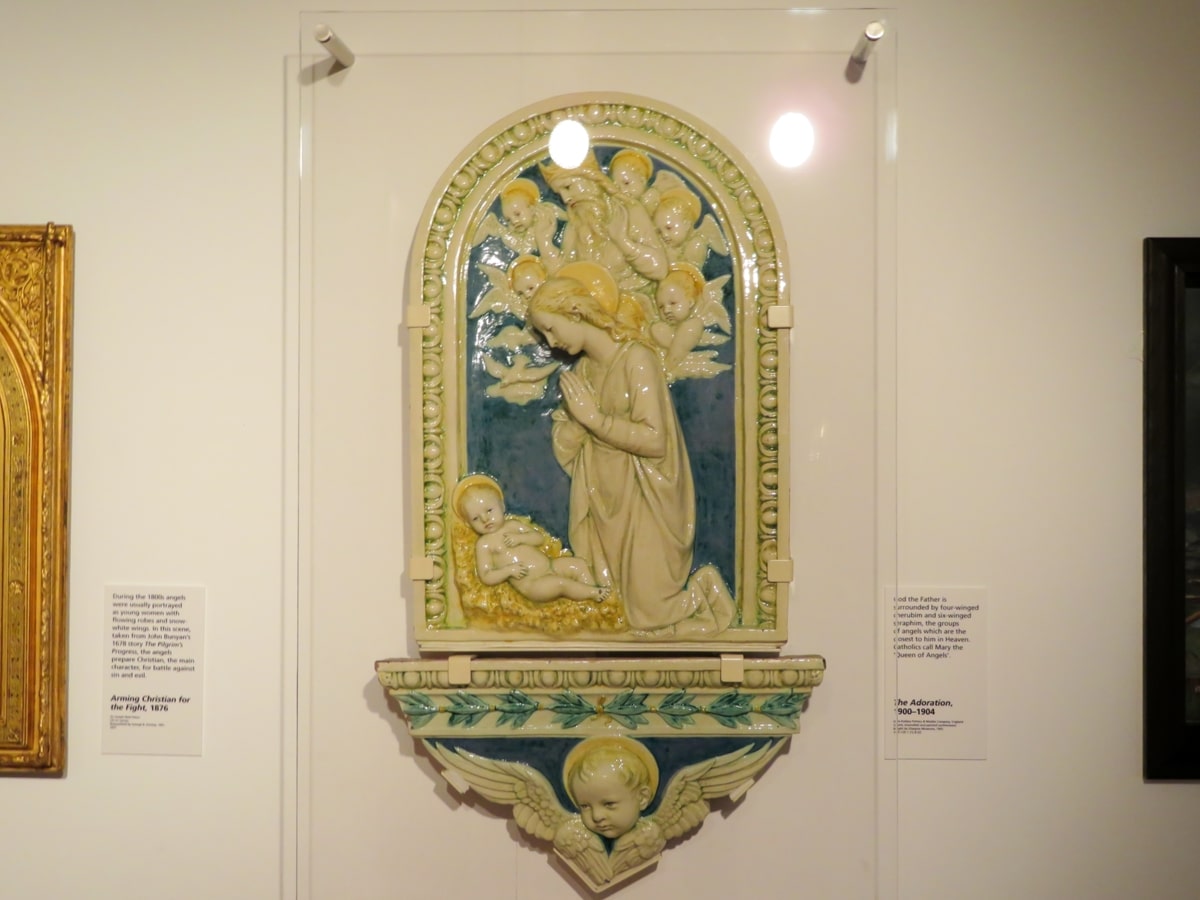
Things to Do Nearby
Glasgow Cathedral. Castle St., Glasgow, G4 0QZ. 1-minute walk.
Founded in 1197, this is one of the largest Christian buildings in Scotland. Glasgow Cathedral is notable for its underground crypt and post-war stained-glass windows. Entry is free, but donations are welcome.
The Necropolis. Castle St., Glasgow, G4 0UZ. 3-minute walk.
The Necropolis is a large Victorian cemetery located behind Glasgow Cathedral. There are many footpaths winding their way around the 37-acre site, and entry is completely free.
George Square. Glasgow G2 1DH. 12-minute walk.
Glasgow’s principal civic square is located in the heart of the city, next to the Grand City Chambers. This historic square was laid out in 1781 and is ringed with statues of famous Scots.
The Glasgow Gallery of Modern Art. 111 Queen St., Royal Exchange Square, Glasgow, G1 3AH. 16-minute walk.
The GOMA now resides in this elaborate structure, which was once a sizable city mansion belonging to a tobacco merchant. Visitors can view a collection of modern artworks in the permanent collection for free, and there are paid temporary exhibitions throughout the year. The GOMA also has a café and gift shop.
Provand’s Lordship, 3 Castle St., Glasgow, G4 0RH, is a 1-minute walk.
This museum is situated inside one of only four mediaeval buildings that survive in Glasgow. Built in 1471, Provand’s Lordship is furnished with a collection of 17th-century furniture and portraits. Entry is free.
Frequently Asked Questions
What is St. Mungo famous for?
St. Mungo is famous for being the patron saint and founder of the city of Glasgow. He is known for performing miracles and spreading Christianity in Scotland during the 6th century.
How much does it cost to visit the St. Mungo Museum of Religion?
There is no fee to visit the St. Mungo Museum of Religious Life and Art.
What is the St. Mungo Museum of Religion?
The St. Mungo Museum of Religious Life and Art is a museum of religion located in Glasgow, Scotland. It has been named after Glasgow’s patron saint, who brought the Christian faith to Scotland in the 6th century.
The museum houses exhibits on the world’s major religions, including a Zen garden and a section dedicated to religious art. It also displays artefacts related to different religions from around the world, including Hinduism, Christianity, Buddhism, Sikhism, Judaism, and Islam.
Where is St. Mungo buried?
St. Mungo, also known as Saint Kentigern, is buried in Glasgow. His tomb is located in the lower crypt of Glasgow Cathedral.



